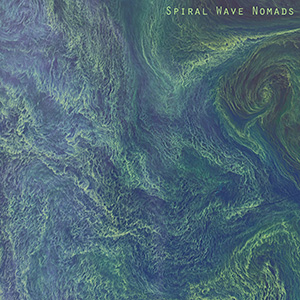 Spiral Wave Nomads is the newly formed duo of multi-instrumentalist Eric Hardiman (Rambutan, Century Plants, Burnt Hills) and drummer Michael Kiefer (More Klementines). As a new duo, their first record is surprisingly a fully formed excursion: an excellent balance of structure and improvisation, and a sound that never stands still, but also demonstrates consistency and focus from song to song. The final product is a complex, yet entirely enjoyable suite of enveloping psychedelia that engages without bludgeoning.
Spiral Wave Nomads is the newly formed duo of multi-instrumentalist Eric Hardiman (Rambutan, Century Plants, Burnt Hills) and drummer Michael Kiefer (More Klementines). As a new duo, their first record is surprisingly a fully formed excursion: an excellent balance of structure and improvisation, and a sound that never stands still, but also demonstrates consistency and focus from song to song. The final product is a complex, yet entirely enjoyable suite of enveloping psychedelia that engages without bludgeoning.
Hotter than July. This week's episode has plenty of fresh new music by Marie Davidson, Kim Gordon, Mabe Fratti, Guided By Voices, Holy Tongue meets Shackleton, Softcult, Terence Fixmer, Alan Licht, pigbaby, and Eiko Ishibashi, plus some vault goodies from Bombay S Jayashri and Pete Namlook & Richie Hawtin. Solstice moon in West Midlands, UK photo by James. Get involved: subscribe, review, rate, share with your friends, send images! |



 While a series of archival live releases have appeared recently, the self-titled BLOODYMINDED is the first new studio material from the legendary Chicago noise/power electronics project since 2013’s Within the Walls. It also marks the first time that all six permanent members of the international band: Xavier Laradji, Will Lindsay, James Moy, Isidro Reyes, Pieter Schoolwerth, and de facto band leader Mark Solotroff have recorded together at the same location. This was heralded by a live performance just before the few crew entered the studio (released as The Struggle of Togetherness, but live BLOODYMINDED is a very different beast.  On stage they are a writhing mass of black leather, cheap plastic synths, and far more microphones than necessary. The result is the deconstruction of rock show clichés complete with between song banter and dedications, some of which are longer in duration than the song itself, which may be just a five second blast of synth. In the studio, however, the thematic depth and obsessive attention to sonic detail is much more obvious, resulting in the band's best work to date.
While a series of archival live releases have appeared recently, the self-titled BLOODYMINDED is the first new studio material from the legendary Chicago noise/power electronics project since 2013’s Within the Walls. It also marks the first time that all six permanent members of the international band: Xavier Laradji, Will Lindsay, James Moy, Isidro Reyes, Pieter Schoolwerth, and de facto band leader Mark Solotroff have recorded together at the same location. This was heralded by a live performance just before the few crew entered the studio (released as The Struggle of Togetherness, but live BLOODYMINDED is a very different beast.  On stage they are a writhing mass of black leather, cheap plastic synths, and far more microphones than necessary. The result is the deconstruction of rock show clichés complete with between song banter and dedications, some of which are longer in duration than the song itself, which may be just a five second blast of synth. In the studio, however, the thematic depth and obsessive attention to sonic detail is much more obvious, resulting in the band's best work to date. I have only been familiar with William Ryan Fritch's work for a couple of years, but he became one of my absolute favorite artists almost instantly. In fact, I have such unshakable faith in his vision that I even pounced on this lavish collection of works for film despite my similarly unshakable apathy towards soundtrack albums. My rational was that his first major release in two years had to be something truly special and the handful of pieces released in advance of the album seemed to bear that out. As it happens, the rest of this double album is every bit as wonderful as those teasers: Deceptive Cadence may very well be Fritch’s career-defining masterpiece. It certainly deserves to be, as Fritch approached it as a true labor of love, tirelessly revisiting, reworking, and paring down years of disparate projects until he had a gorgeously bittersweet tour de force of sublime grandeur.
I have only been familiar with William Ryan Fritch's work for a couple of years, but he became one of my absolute favorite artists almost instantly. In fact, I have such unshakable faith in his vision that I even pounced on this lavish collection of works for film despite my similarly unshakable apathy towards soundtrack albums. My rational was that his first major release in two years had to be something truly special and the handful of pieces released in advance of the album seemed to bear that out. As it happens, the rest of this double album is every bit as wonderful as those teasers: Deceptive Cadence may very well be Fritch’s career-defining masterpiece. It certainly deserves to be, as Fritch approached it as a true labor of love, tirelessly revisiting, reworking, and paring down years of disparate projects until he had a gorgeously bittersweet tour de force of sublime grandeur.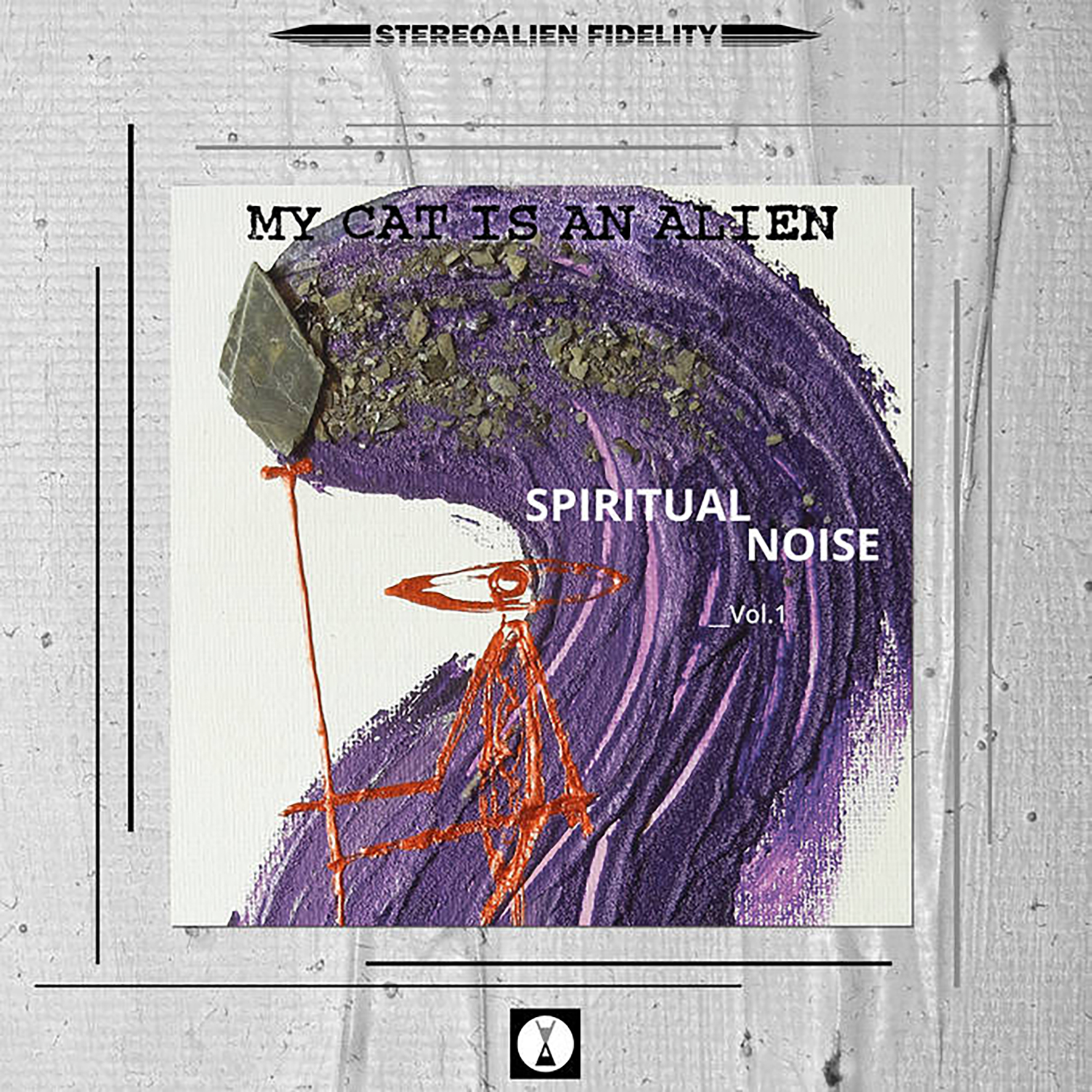 My Cat is an Alien has always been very much an "outsider art" phenomenon, as the Opalio brothers have spent the last two decades tirelessly conjuring and reshaping a hermetic alternate reality replete with its own unique philosophy and cosmology. In the process, they have released some truly original and beguiling auditory dispatches from their remote home in the Alps, but music is just one part of their larger vision and that vision has drawn increasing interest from the art world. For this latest release, the brothers unveil a new collaborative imprint with gallerist and publisher Marco Contini that seeks to bring the various threads of the their artistry together into a focused and harmonious whole. That endeavor is off to an excellent start, as Spiritual Noise is quite an impressive achievement as an art object. It is also an excellent album, as each of the two lengthy pieces unveils a fresh new facet of the duo's deep space trance states.
My Cat is an Alien has always been very much an "outsider art" phenomenon, as the Opalio brothers have spent the last two decades tirelessly conjuring and reshaping a hermetic alternate reality replete with its own unique philosophy and cosmology. In the process, they have released some truly original and beguiling auditory dispatches from their remote home in the Alps, but music is just one part of their larger vision and that vision has drawn increasing interest from the art world. For this latest release, the brothers unveil a new collaborative imprint with gallerist and publisher Marco Contini that seeks to bring the various threads of the their artistry together into a focused and harmonious whole. That endeavor is off to an excellent start, as Spiritual Noise is quite an impressive achievement as an art object. It is also an excellent album, as each of the two lengthy pieces unveils a fresh new facet of the duo's deep space trance states.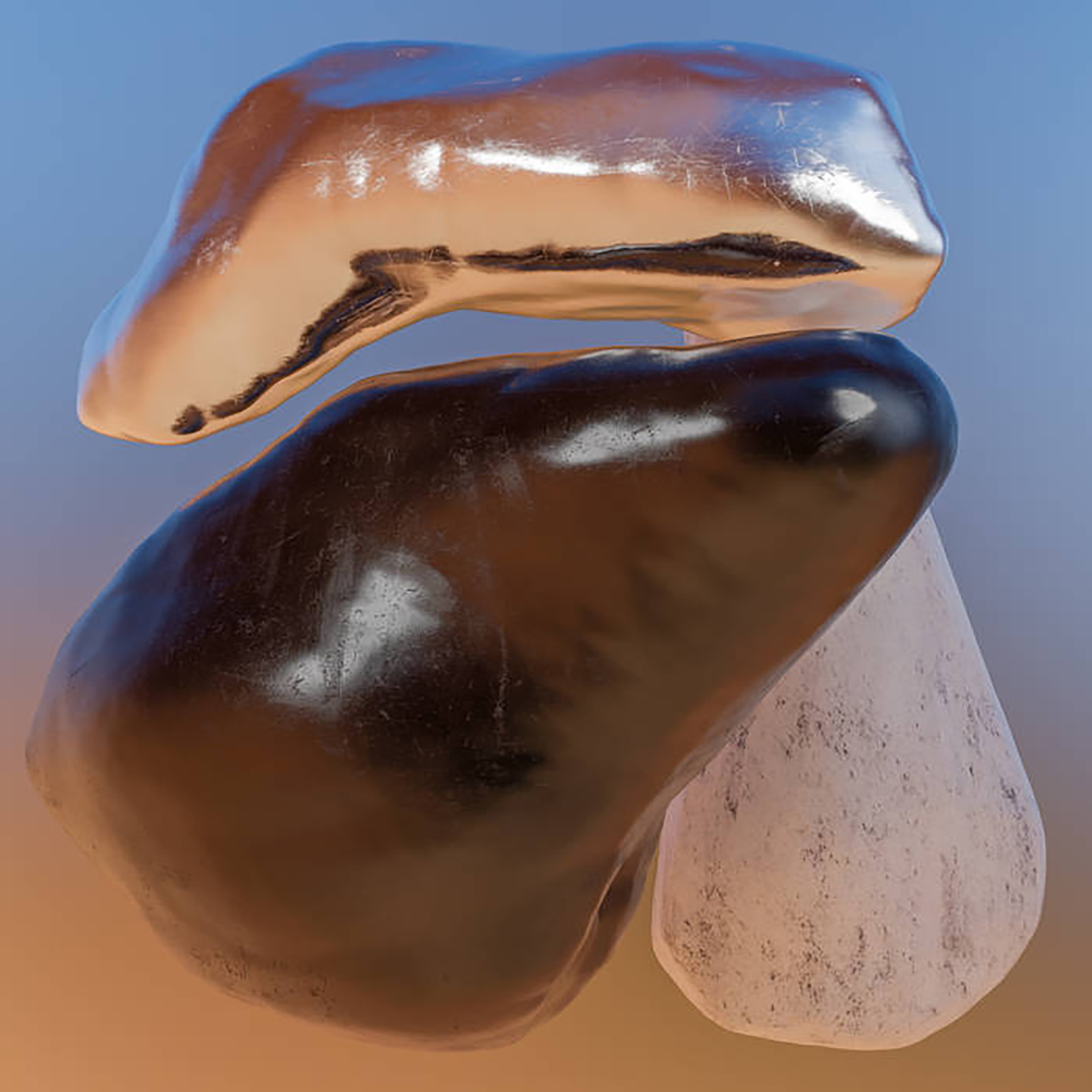 Luke Younger has been increasingly ambitious in reinventing the Helm aesthetic with each fresh release over the last several years, but this latest release still caught me off-guard a bit: the bulk of Chemical Flowers is very different from the killer single ("I Knew You Would Respond") that preceded its release. To some degree, that admittedly fits Younger's pattern, as each of his EPs tends to feature one brilliant centerpiece surrounded by the more expected post-industrial sound collages. Though it is a full-length (and one that features string arrangements from JG Thirlwell), Chemical Flowers more or less replicates that same approach by simply doubling the amount of collages. That is perfectly fine by me, as I tend to enjoy Younger's abstract side almost as much as his beat-driven side and he is in especially fine form here. These collages are quite a bit different than usual though, as it sounds like there are a handful of '70s or '80s New Age/ambient albums lurking at the heart of Flowers that have been scorched, warped, and mangled beyond recognition.
Luke Younger has been increasingly ambitious in reinventing the Helm aesthetic with each fresh release over the last several years, but this latest release still caught me off-guard a bit: the bulk of Chemical Flowers is very different from the killer single ("I Knew You Would Respond") that preceded its release. To some degree, that admittedly fits Younger's pattern, as each of his EPs tends to feature one brilliant centerpiece surrounded by the more expected post-industrial sound collages. Though it is a full-length (and one that features string arrangements from JG Thirlwell), Chemical Flowers more or less replicates that same approach by simply doubling the amount of collages. That is perfectly fine by me, as I tend to enjoy Younger's abstract side almost as much as his beat-driven side and he is in especially fine form here. These collages are quite a bit different than usual though, as it sounds like there are a handful of '70s or '80s New Age/ambient albums lurking at the heart of Flowers that have been scorched, warped, and mangled beyond recognition. In its ongoing series of artist-curated compilations, the Idle Chatter label asked interdisciplinary New York-based artist Muyassar Kurdi to compile its latest release. Specifically presenting female artists from around the world, Reality Tunnels not only further demonstrates the vast expanse of what can be defined as experimental music, but also gives some largely (and unjustly) unrecognized artists a platform to be heard.
In its ongoing series of artist-curated compilations, the Idle Chatter label asked interdisciplinary New York-based artist Muyassar Kurdi to compile its latest release. Specifically presenting female artists from around the world, Reality Tunnels not only further demonstrates the vast expanse of what can be defined as experimental music, but also gives some largely (and unjustly) unrecognized artists a platform to be heard. Billed as a companion piece to 2018's stellar Impossible Star, Opaque Couché continues Meat Beat's recent hot streak with a double album packed with inventive and meticulously crafted dance music virtuosity. Given that Jack Dangers' work has passed though quite a succession of different phases over the years, Impossible Star is indeed Opaque Couché's closest reference point, yet the two albums go in significantly different directions within their roughly similar stylistic territories (and only this one pays homage to one of the world's ugliest colors). Whereas its predecessor embraced the feel of an inhuman and paranoid sci-fi dystopia, Opaque Couché takes that futuristic bent in much more playful and propulsively kinetic direction. Naturally, it all sounds great, as Dangers is a singularly exacting producer. His true genius, however, lies in how seamlessly he is able to mash together high art, deadpan kitsch, and vibrantly infectious drum loops. Admittedly, that has been true for quite a long time, but he seems to creep closer and closer to achieving the perfect balance with each new release.
Billed as a companion piece to 2018's stellar Impossible Star, Opaque Couché continues Meat Beat's recent hot streak with a double album packed with inventive and meticulously crafted dance music virtuosity. Given that Jack Dangers' work has passed though quite a succession of different phases over the years, Impossible Star is indeed Opaque Couché's closest reference point, yet the two albums go in significantly different directions within their roughly similar stylistic territories (and only this one pays homage to one of the world's ugliest colors). Whereas its predecessor embraced the feel of an inhuman and paranoid sci-fi dystopia, Opaque Couché takes that futuristic bent in much more playful and propulsively kinetic direction. Naturally, it all sounds great, as Dangers is a singularly exacting producer. His true genius, however, lies in how seamlessly he is able to mash together high art, deadpan kitsch, and vibrantly infectious drum loops. Admittedly, that has been true for quite a long time, but he seems to creep closer and closer to achieving the perfect balance with each new release.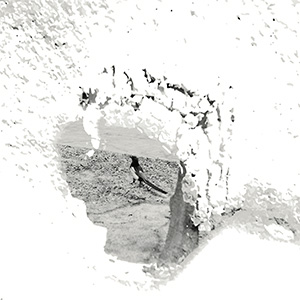 Live in Tokyo is a series of 11 distinct interpretations of the 1941 song "Skylark" by Johnny Mercer and Hoagy Carmichael performed by the quartet consisting of Orlando Lewis on clarinet, Franz-Ludwig Austenmeiser on keyboards, Hayden Pennyfeather on bass, and Roland Spindler on drums. This fact is anything but obvious upon listening, however. Based on the sound alone, it sounds more like an intimate series of improvisations rather than interpretations of a popular song from the 1940s, which was, I am sure, the performers' intent. It may bear some resemblance to its source material, however the quartet manage to create something nearly entirely original.
Live in Tokyo is a series of 11 distinct interpretations of the 1941 song "Skylark" by Johnny Mercer and Hoagy Carmichael performed by the quartet consisting of Orlando Lewis on clarinet, Franz-Ludwig Austenmeiser on keyboards, Hayden Pennyfeather on bass, and Roland Spindler on drums. This fact is anything but obvious upon listening, however. Based on the sound alone, it sounds more like an intimate series of improvisations rather than interpretations of a popular song from the 1940s, which was, I am sure, the performers' intent. It may bear some resemblance to its source material, however the quartet manage to create something nearly entirely original. Over the last few years, House of Mythology has become a vacation home of sorts for David Tibet, as he keeps returning there for one unique and ambitious side project after another. This latest divergence finds him teaming up with Andrew Liles for a very quixotic undertaking indeed: an album sung entirely in a dead language (Akkadian, one of Tibet's many deep interests). Given that, I had no doubt at all that it would be one the year’s strangest and unapologetically indulgent releases, but I was still unprepared for how truly bizarre it ultimately turned out to be. Suffice to say, there is nothing else out there quite like Wooden Child, as it feels like an especially unhinged prog opus that took a darkly phantasmagoric turn leading far from any recognizably earthly territory.
Over the last few years, House of Mythology has become a vacation home of sorts for David Tibet, as he keeps returning there for one unique and ambitious side project after another. This latest divergence finds him teaming up with Andrew Liles for a very quixotic undertaking indeed: an album sung entirely in a dead language (Akkadian, one of Tibet's many deep interests). Given that, I had no doubt at all that it would be one the year’s strangest and unapologetically indulgent releases, but I was still unprepared for how truly bizarre it ultimately turned out to be. Suffice to say, there is nothing else out there quite like Wooden Child, as it feels like an especially unhinged prog opus that took a darkly phantasmagoric turn leading far from any recognizably earthly territory.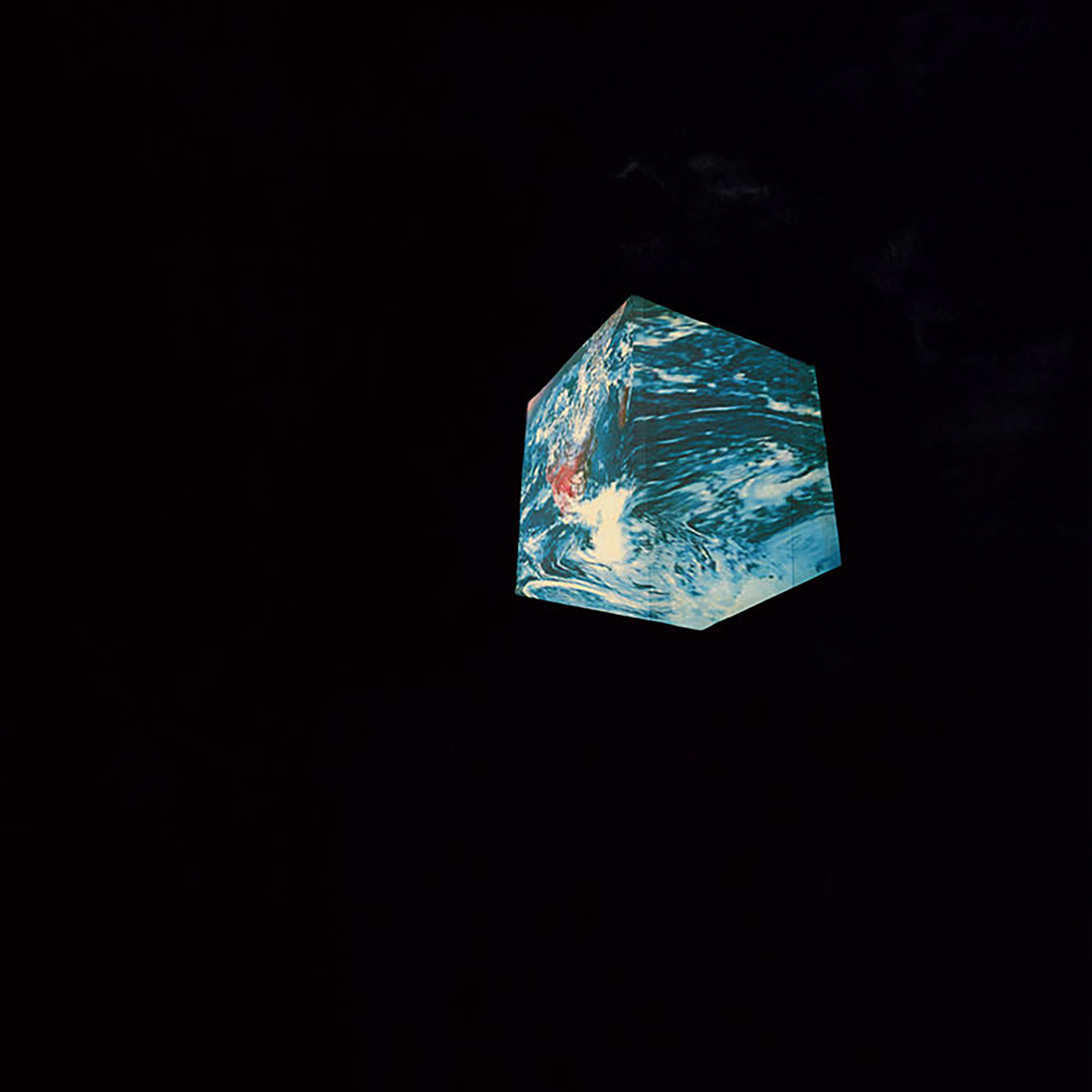 Eight years ago, Tim Hecker released his landmark Ravedeath, 1972 album and followed it with an EP that revisited the source material in a more organic, stripped-down fashion (Dropped Pianos). With Anoyo, Hecker beautifully revisits that same trick, albeit this time unveiling Konoyo's underlying gagaku ensemble rather than Ravedeath's underlying pianos. The other significant difference is that Anoyo is more than a mere companion piece that pulls back the curtain to reveal the scaffolding of a great album. Rather, Anoyo arguably equals and completes its predecessor, transforming Konoyo's blackened textures and haunted moods into something significantly warmer, more spacious, and more natural-sounding. Moreover, Anoyo gamely stretches even further from Hecker's comfort zone than its parent. Whereas Konoyo essentially fed Hecker's gagaku guests into a woodchipper, this release feels like a thoughtful, meditative, and organic collaboration with them, as Hecker's electronics eerily drift and swirl through the traditional Japanese sounds like a supernatural mist.
Eight years ago, Tim Hecker released his landmark Ravedeath, 1972 album and followed it with an EP that revisited the source material in a more organic, stripped-down fashion (Dropped Pianos). With Anoyo, Hecker beautifully revisits that same trick, albeit this time unveiling Konoyo's underlying gagaku ensemble rather than Ravedeath's underlying pianos. The other significant difference is that Anoyo is more than a mere companion piece that pulls back the curtain to reveal the scaffolding of a great album. Rather, Anoyo arguably equals and completes its predecessor, transforming Konoyo's blackened textures and haunted moods into something significantly warmer, more spacious, and more natural-sounding. Moreover, Anoyo gamely stretches even further from Hecker's comfort zone than its parent. Whereas Konoyo essentially fed Hecker's gagaku guests into a woodchipper, this release feels like a thoughtful, meditative, and organic collaboration with them, as Hecker's electronics eerily drift and swirl through the traditional Japanese sounds like a supernatural mist.
